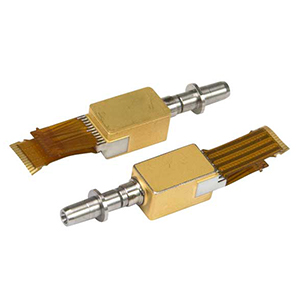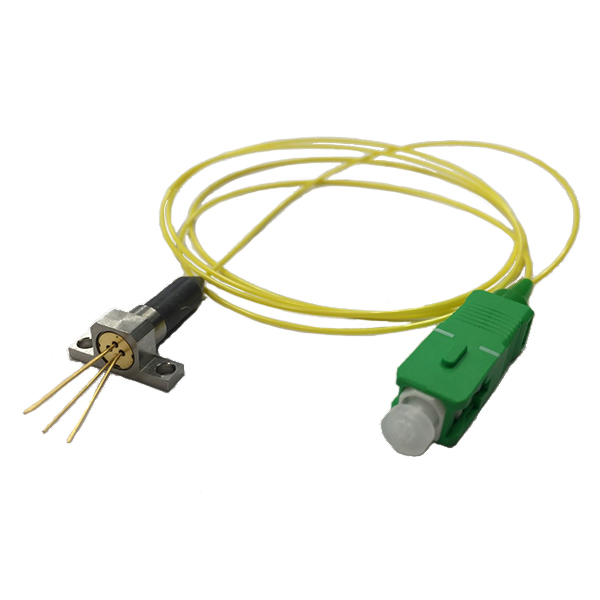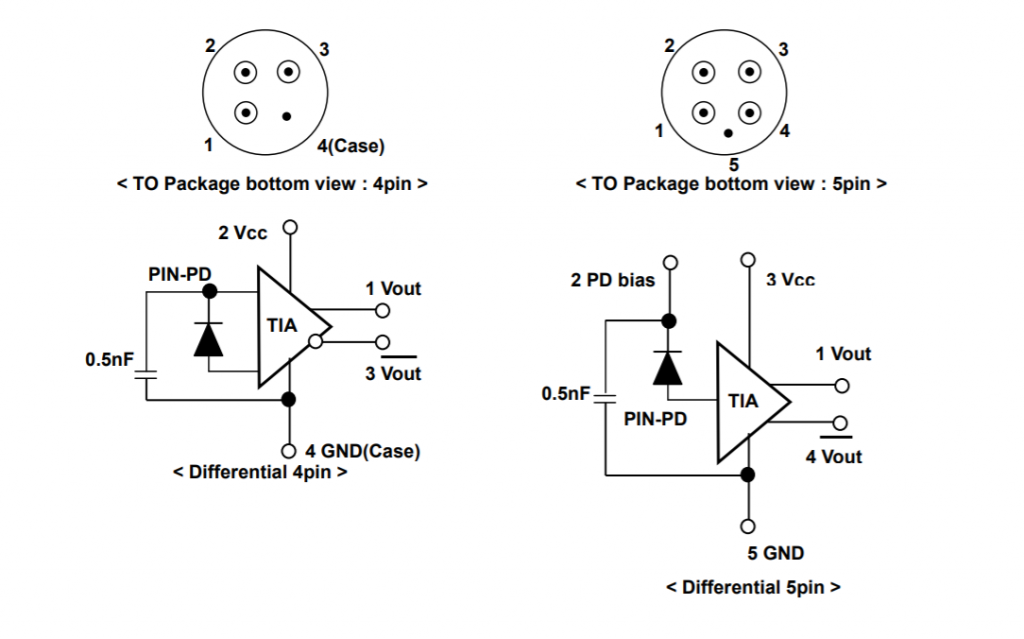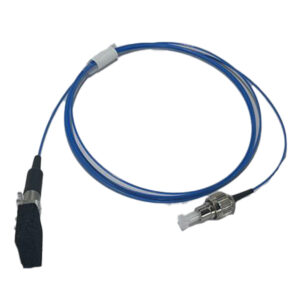Vitex PIN-TIA modules are designed for high performance applications and are available in ROSA and pigtail versions. Because this product is not a plug-and-play solution, our support team receives many questions on the product. We have compiled the most common customer questions here:
PIN-TIA FAQs
1. What are the important Optical/Electrical (O/E) parameters to consider when purchasing a PIN-TIA?

- Bandwidth and Data Rate: While picking a device, there is a usually a trade-off between bandwidth and noise. Higher the bandwidth, the more the noise. For low data rates, the bandwidth needs to be limited so that noise levels are limited as well.
- Operating Voltage: The most common options are 3.3V and 5V. 5V offers the best performance while 3.3V offers the best power consumption. Other voltage options like 3V, 4.5V are also available from some suppliers.
- Operating Wavelength: Most detectors are designed to cover 1300 to 1600nm. Compared to 1310nm, the PIN has a higher responsivity at 1550nm.
- Power Consumption: Needs to be low in order to decrease the overall power efficiency of the entire receiver, which in turn keeps the detector cooler for the best thermal noise performance.
- Transimpedance (Zt): There is a trade-off between the gain and the bandwidth of the TIA.
- Sensitivity: is given in average power or in OMA.
- Detector Size and Junction Capacitance: junction capacitance of the detector depends on its size. The larger the detector, the higher the capacitance and lower the speed.
- AGC (Automatic Gain Control) Function: Most customers would need this function to maximize the input range. With an AGC function, the output is non-linear. So, applications where you need a super linear output should specify a PIN-TIA without AGC
2. Should you purchase the pigtail or ROSA version?

This depends on your application. Rugged applications like defense and aerospace require pigtail versions. The connectorized solution may not be able to withstand the shock and vibrations in high stress environments. Also, certain applications like instrumentation designs require pigtails because the receiver is located away from the front panel where the connector is usually mounted.
Performance is another factor. Pigtail offers better performance since there are insertion and reflection losses associated with connectors.
3. Which optical interfaces are available?
Most common connectors are LC and SC. You can request UPC or APC polish and Single mode or Multi mode fiber based on your requirements. Fiber length is also an option.
4. Which pin configuration is best? 4-pin or 5-pin?

In the 4-pin configuration, the cathode of the pin is internally biased. 4-pin is designed for best sensitivity performance. 5-pin PDs are externally biased and they pick up noise from the bias line resulting in poor sensitivity.
The advantage of a 5-pin over 4-pin configuration is that you can measure input current and thus calculate input optical power (or RSSI, Received Signal Strength Indicator). Monitoring this power parameter is important for certain applications.
5. What should you keep in mind when choosing a flange option?
Some suppliers give you an option of choosing a horizontal or vertical flange. An important thing to note here is that flanges are not just for mounting. They have an important secondary function, that of a heatsink. Even though the detector does not draw as much power as the transmitter, heat still needs to be dissipated. Without a flange, heat would be trapped inside the ROSA. The function of the flange is to take the heat away from the ROSA and to the circuit board.
Hole size of the flange is another factor to consider for mounting on to your device.
6. Does the PIN-TIA come in a single ended output option?
For data rates equal or higher than 10G, differential transmission must be used to achieve desired performances.
7. What connector does the Vitex ROSA have? LC or ST?
Most ROSAs are in LC connectors and are used in conjunction with a LC TOSA. Hence the name duplex-LC.
If you have any questions on PIN-TIAs, contact us at info@vitextech.com
Related Products


